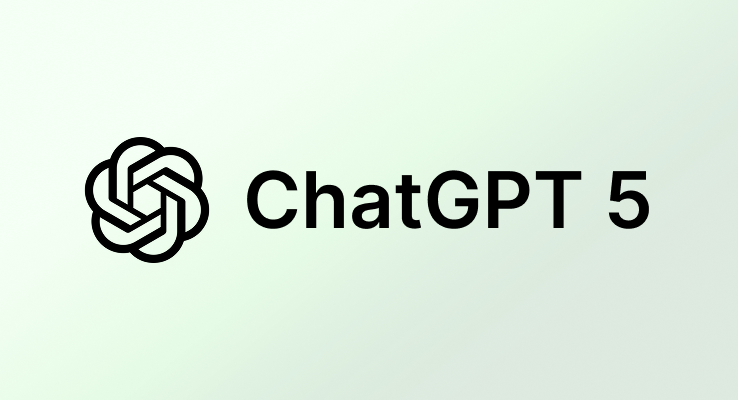
"How does this work? One of the changes that OpenAI introduced in ChatGPT 5 is an invisible router that acts as a pre-processor for the user command. When you submit the prompt to ChatGPT, it routes it and chooses the right model for the job. The problem is - triggering ChatGPT-5-Main to do the job will cost more money than triggering ChatGPT-5-Thinking-Mini. As a result, ChatGPT 5 Router typically starts with models like ChatGPT-5-Thinking-Mini when it receives a user request."
"Keywords listed above ("Think hard about this") will 'force' ChatGPT 5 Router to choose the most sophisticated model. You may wonder how to spot if ChatGPT used a more advanced model. The answer is you will see an info message in the output generated by ChatGPT " Thought for XXs " Additionally, you can explicitly state the model you want to use for your task at hand."
ChatGPT 5 improves accuracy on advanced math and coding tasks and supports a larger context window, but it underperforms with vague prompts. An invisible router pre-processes prompts and routes them to different submodels; cheaper, faster models like ChatGPT-5-Thinking-Mini are often chosen by default. Appending targeted keyword phrases such as "Think hard about this" can prompt the router to select more sophisticated models like ChatGPT-5-Main. An info message like " Thought for XXs " indicates a more advanced model was used. Users can also explicitly select the desired ChatGPT-5 model via the contextual menu to ensure higher-quality outputs.
Read at Medium
Unable to calculate read time
Collection
[
|
...
]